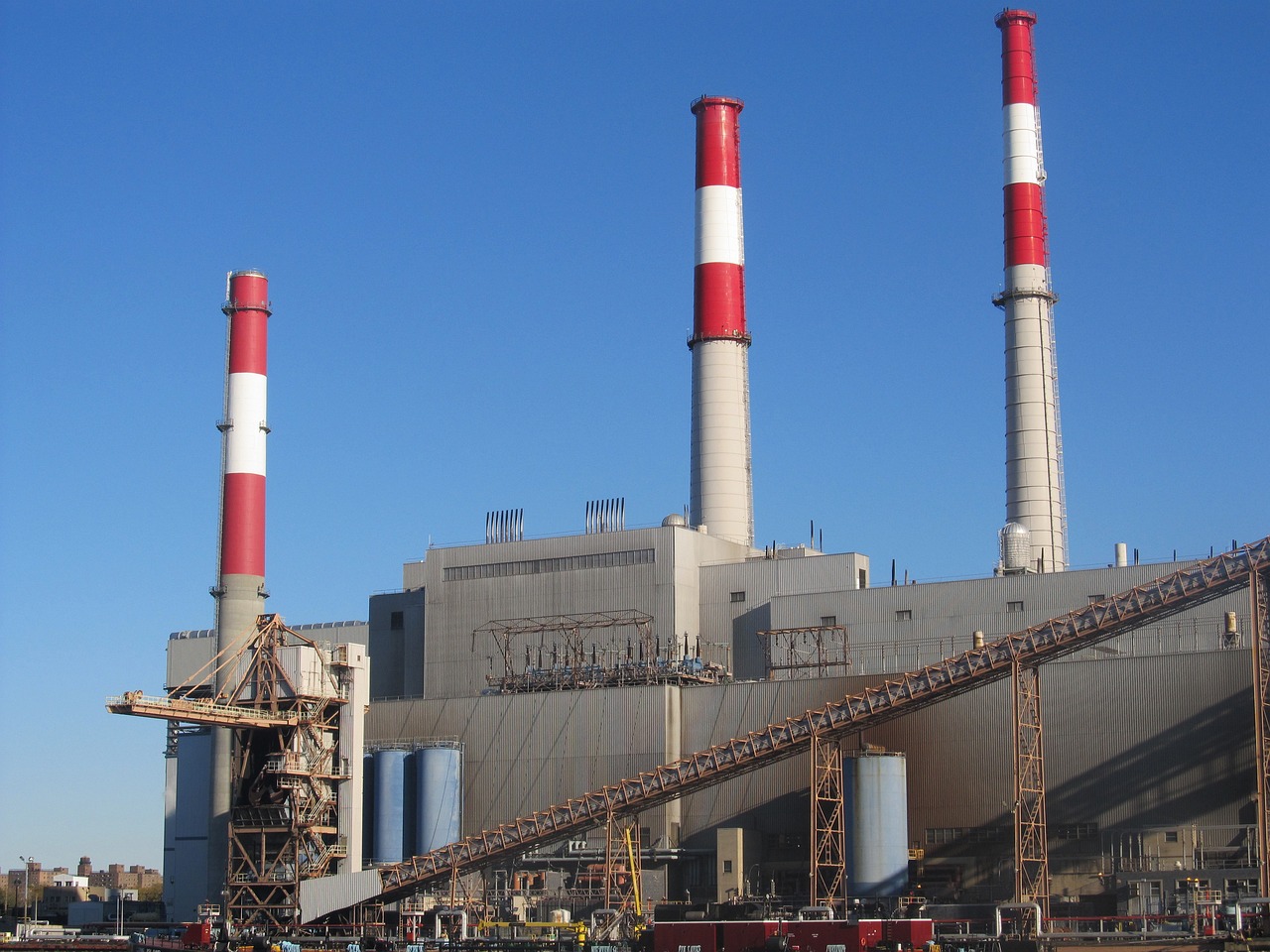News
International Oil Prices Held Steady at Intraday Highs in the European Market
International Energy Network News: Affected by factors such as the European Central Bank (ECB) and Federal Reserve (Fed) interest rate meetings, the U.S. President’s employment package and last week’s crude oil inventory data, international oil prices remained high and stable on Thursday (September 8).Analysts said the market focus was on macroeconomic news and its impact on fuel demand trends, with oil prices modestly supported by expectations that tropical storms will cause deeper damage to U.S. crude and natural gas infrastructure.
David Hufton, executive director of PVM Oil Associates, an international energy consulting and brokerage company, said: "Oil prices are controlled by macro-financial market developments, but macro-financial developments are affected by occasional local developments. Ben Bernanke (Ben Bernanke) spoke this afternoon, and Obama ( Obama spoke tonight, tropical storms are raging along the Gulf Coast and other factors will affect oil prices."
Brent crude oil futures prices fell by US$0.03 to US$115.77 per barrel, having fallen to a low of US$114.74 per barrel earlier; U.S. Nymex crude oil futures prices rose by US$0.05 to US$89.39 per barrel.
Brent crude oil futures prices hit a high of $116.50 per barrel since early August on Wednesday, and closed on Wednesday above the 100-day moving average that has suppressed oil prices since August.
Some technical analysts only pointed out that the latest resistance of Brent crude oil is around $116.83.
The U.S. Energy Information Administration (EIA) will release the latest weekly crude oil demand and inventory data on Thursday. A survey of economists by U.S. business media expects U.S. crude oil inventories to increase last week as an approaching tropical storm shuts down refineries. Three upcoming tropical storms, Nate, Maria and Katia, are expected to threaten U.S. crude oil production.

